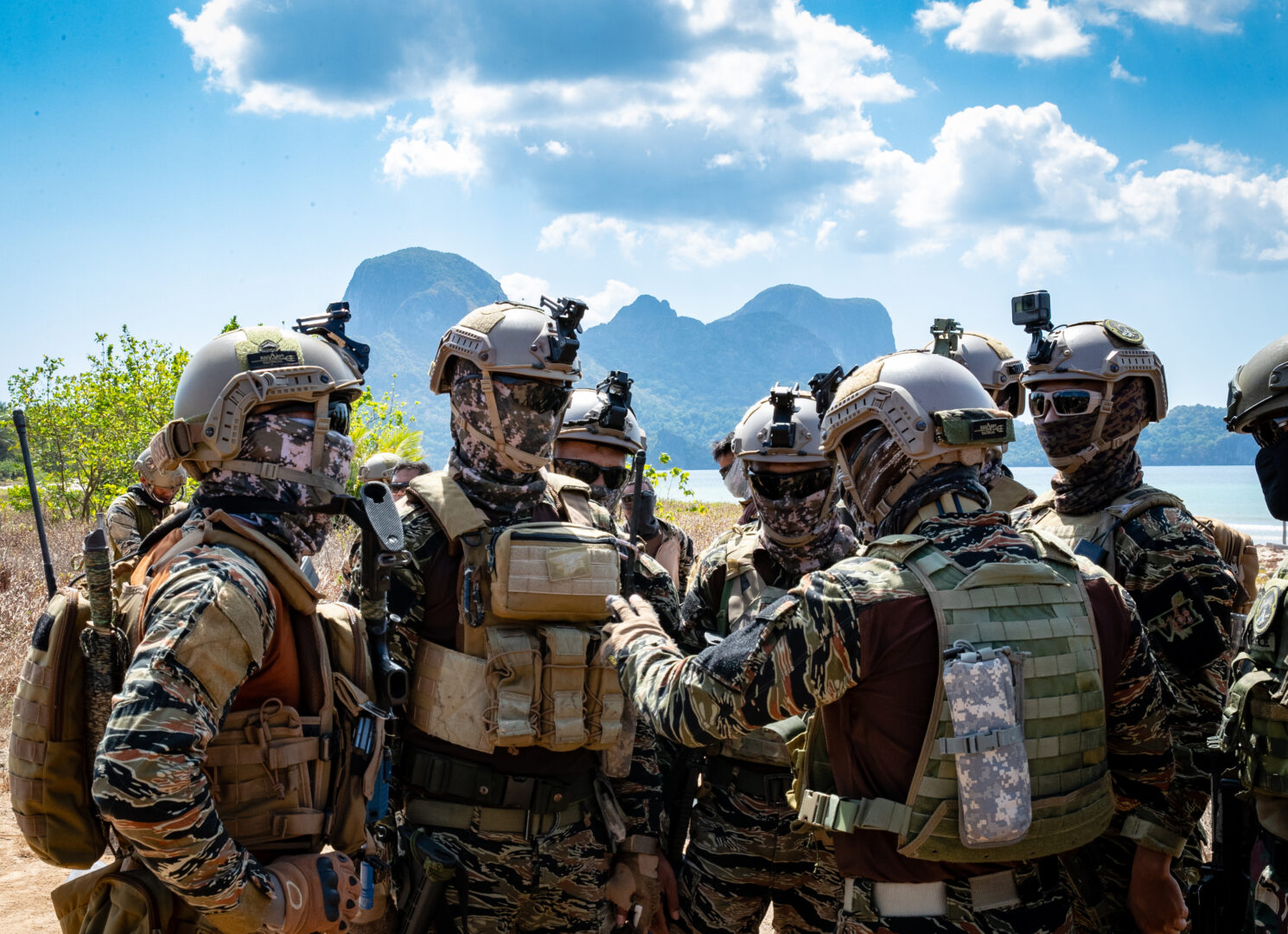India Straddles Great Power Competition In Arms Trade with US and Russia
Olivia Schadler
Over the last decade, the U.S.-India security relationship has grown substantially. Indeed, the defense trade between Washington and New Delhi has grown from next to nothing in the first decade of the 2000s to more than $15 billion as of this year. Shepherded by the increased flow of weapons, the defense relationship has been further institutionalized by a myriad of strategic agreements and special designations, facilitating greater coordination between the two countries’ defense establishments. Nevertheless, while these developments reflect a developing security relationship, policymakers should take note of India’s ongoing defense trade with Russia as an indication of their hesitancy to go all-in on the U.S.
Arms sales have been a pillar of the United States’ and India’s growing security relationship from the start. The 2005 New Framework for the U.S.-India Defense Relationship expressed the goal of increasing the defense trade between the two countries and since then, the U.S. has adopted multiple measures to make selling weapons to India easier. Starting in 2011, the U.S. began taking steps to realign its export control regulations towards the South Asian nation. This effort culminated in 2018 when India was granted Strategic Trade Authorization Tier 1 Status, allowing them license-free access to sensitive defense technologies, placing them on par with NATO allies. These policies have resulted in tangible outcomes. Arms deliveries to India increased by 557% in 2013-17 compared to the previous five years. The warming relationship between the U.S. and India through the arms trade can be seen partly as a result of a shared threat in China. In the region, India plays a key role in the United States’ Indo-Pacific Strategy aimed at securing the Indian Ocean for “free and open” trade as China increases its presence there. For India, China has been a long-time adversary on its border, and recent efforts by Beijing to expand regional influence have only renewed that sense of threat.
It’s easy to see this dramatic uptick in the U.S.-India arms trade as a strategic shift on the part of India away from its long-time arms supplier – Russia. And to some degree the trends support that notion. The Stockholm International Peace Research Institute (SIPRI) reported that between 2014-18 Russian exports to India fell by 42% compared to the 2009-13 period. However, one should be wary of interpreting these trends as India kicking its historic defense ally to the curb for a new one, even if that new one is eager to have a defense relationship that moves beyond mere arms sales.
Actions like those taken by India last fall – entering into a long awaited communications agreement with the U.S. and then turning around to finalize the purchase of the Russian S-400 missile defense system – despite repeated warnings from the U.S. – show that India is willing to hedge its bets. So far, their gamble appears to have been worth the risk. In response to the S-400 purchase, the Trump administration has tiptoed around the question of imposing sanctions through the Countering America’s Adversaries Through Sanctions Act (CAATSA), despite the fact that the purchase falls directly under the purview of the 2017 law. This June, when asked how the U.S. will respond to the S-400 purchase, Secretary Pompeo made no mention of U.S. pushback, but rather stated, “We’ll respond in the way that partners do.” Overall, the U.S. response is emblematic of a cautious approach, aimed at preserving defense relations with India.
India’s actions suggest they’re aware of this dynamic, and willing to use it to their advantage. In the last few years, India has enjoyed the benefits of being courted by the U.S. whilst maintaining a robust defense trade with Russia. Since 2016, the U.S. and India have signed major logistics and communications agreements, the U.S. has granted India Strategic Trade Authorization Tier 1 Status, and the U.S. has given India the unique designation of Major Defense Partner. In the same time frame, India has established a joint venture to manufacture 200 combat helicopters with Russia, purchased four Grigorovich-class frigates worth over $1.9 billion, and signed a $3 billion contract to lease a nuclear powered submarine from Russia – all in addition to purchasing the S-400.
It’s worth mentioning that there are significant barriers to taking dramatic steps away from a long-time arms supplier. If India were to fully shift towards the U.S. or even significantly reduce its weapons purchases from Russia, they run the risk of losing sustainment support for the majority of they’re weapons systems. However, in the meantime, procuring from both sides allows New Delhi to enjoy competitive pricing from the world’s two largest arms suppliers and technology transfer from both.
As we enter into an era of great power competition, the U.S. is keen to cultivate a strong defense alliance with the world’s largest democracy. However, the events of the last decade show that this alliance can not quickly be bought even in light of arms deals and special designations, and the U.S. will have to remain patient as India leverages its position to double-dip from the world’s competing weapons manufacturers.
